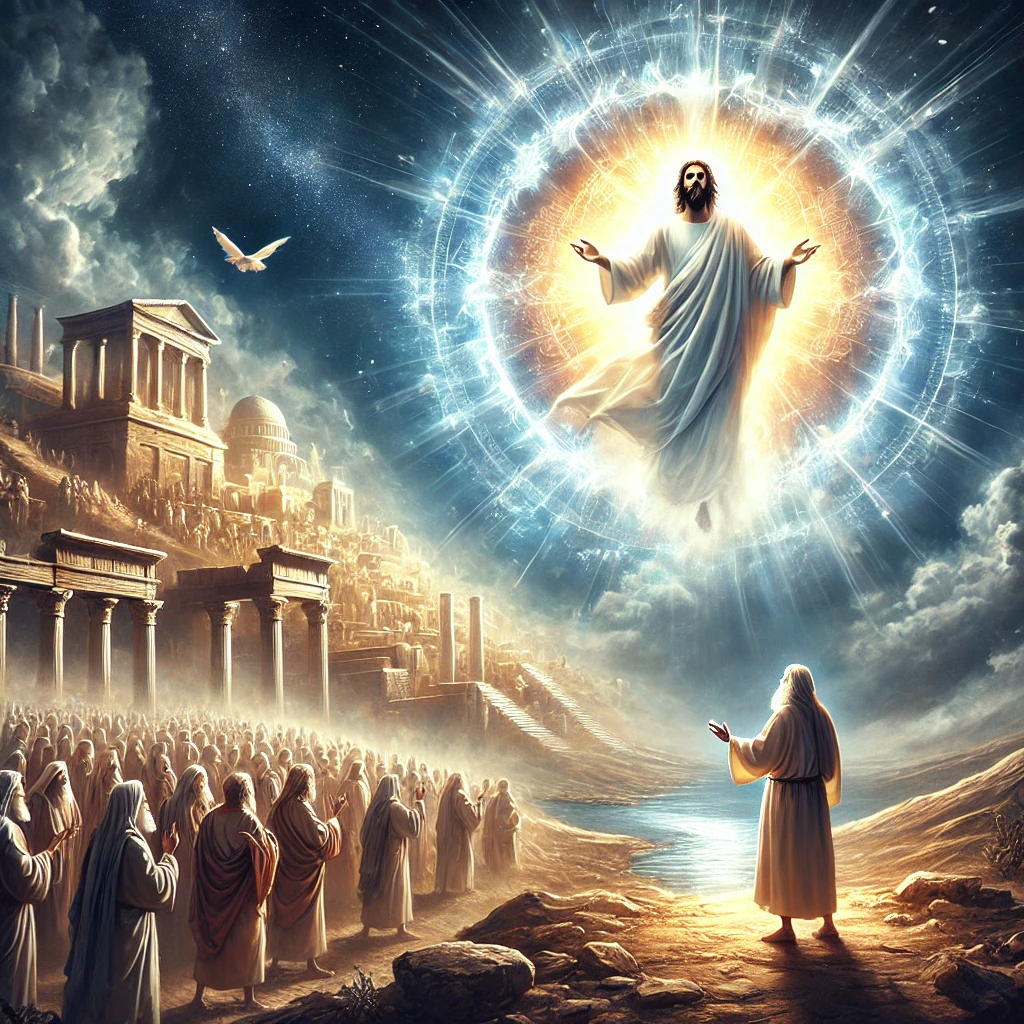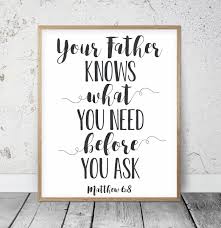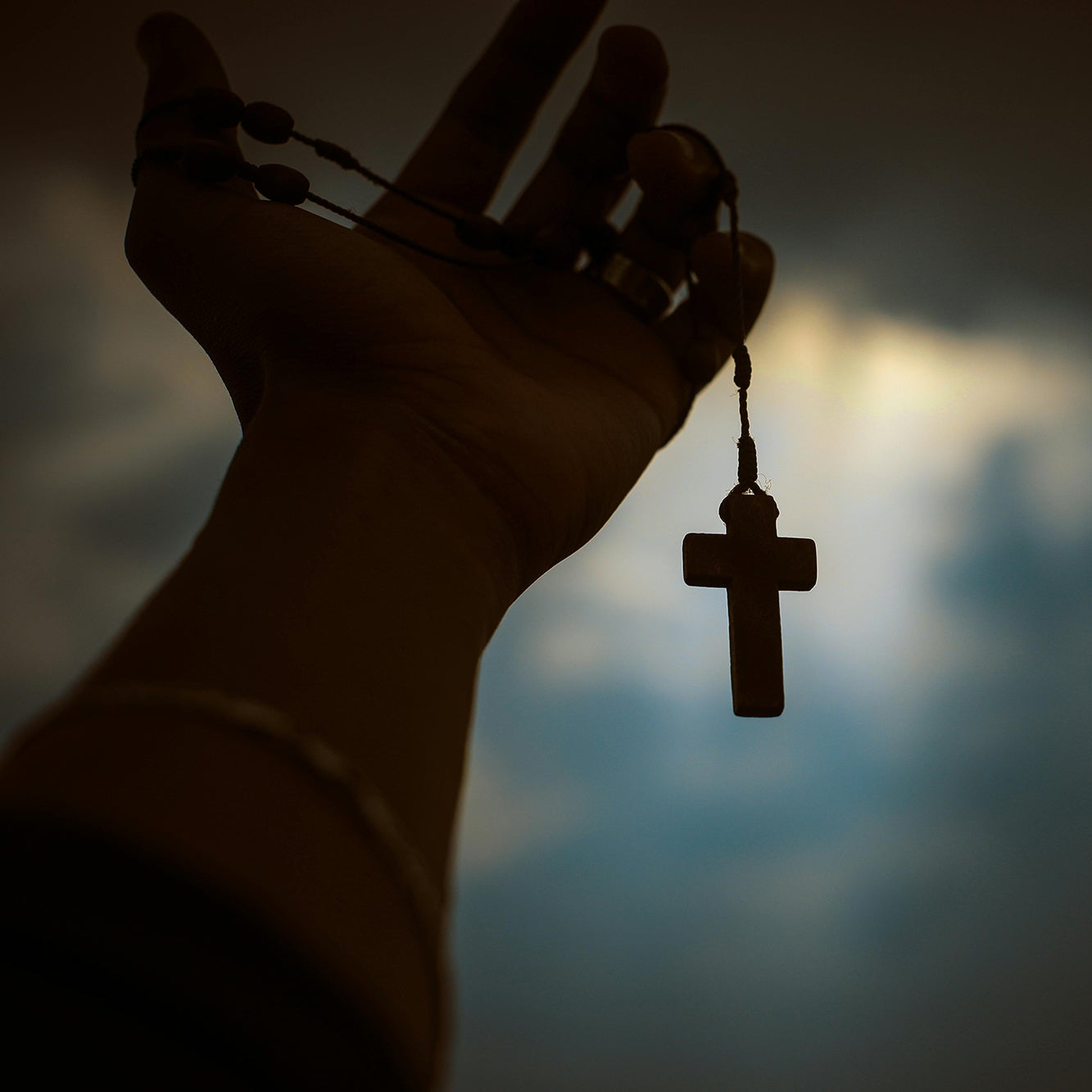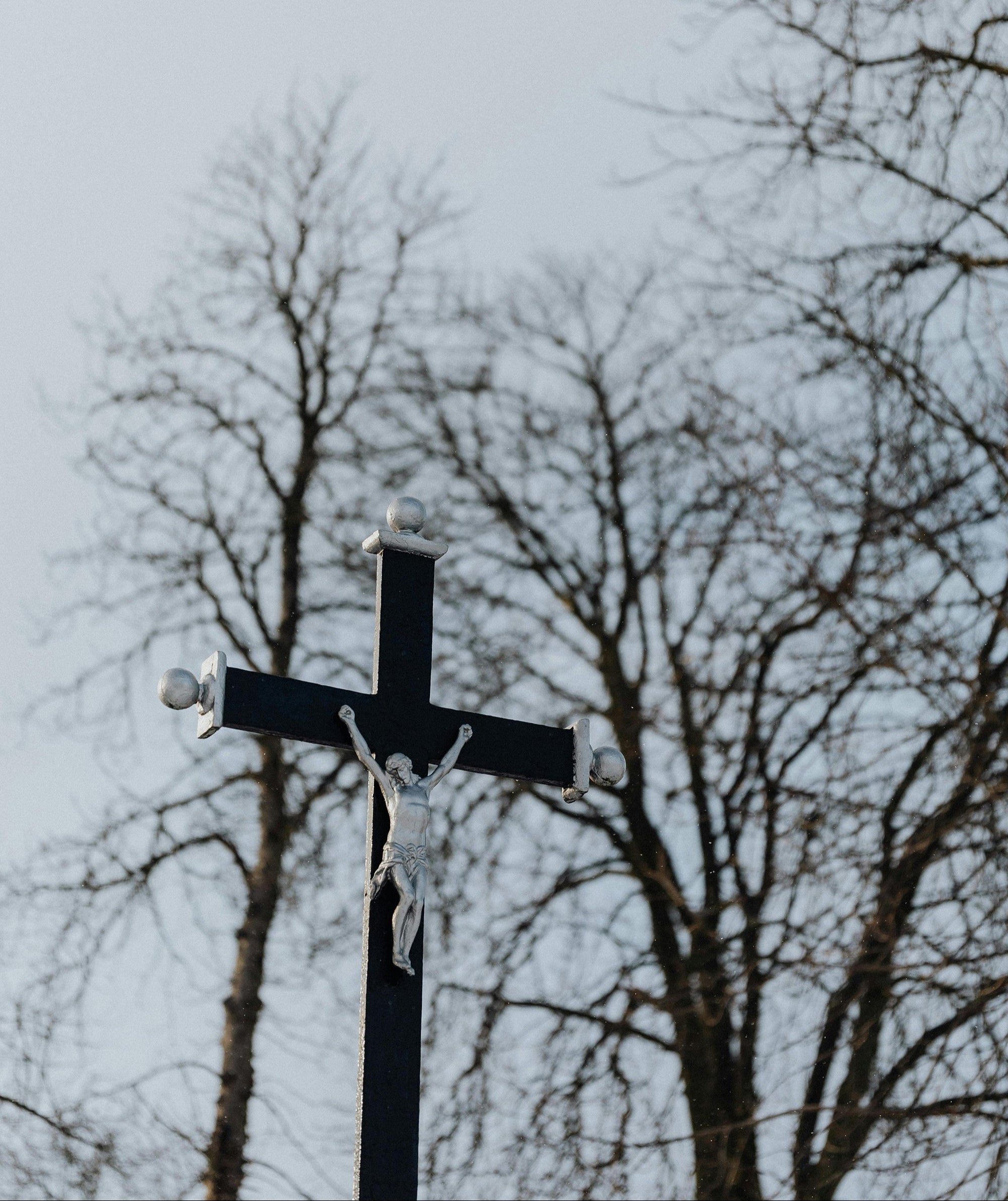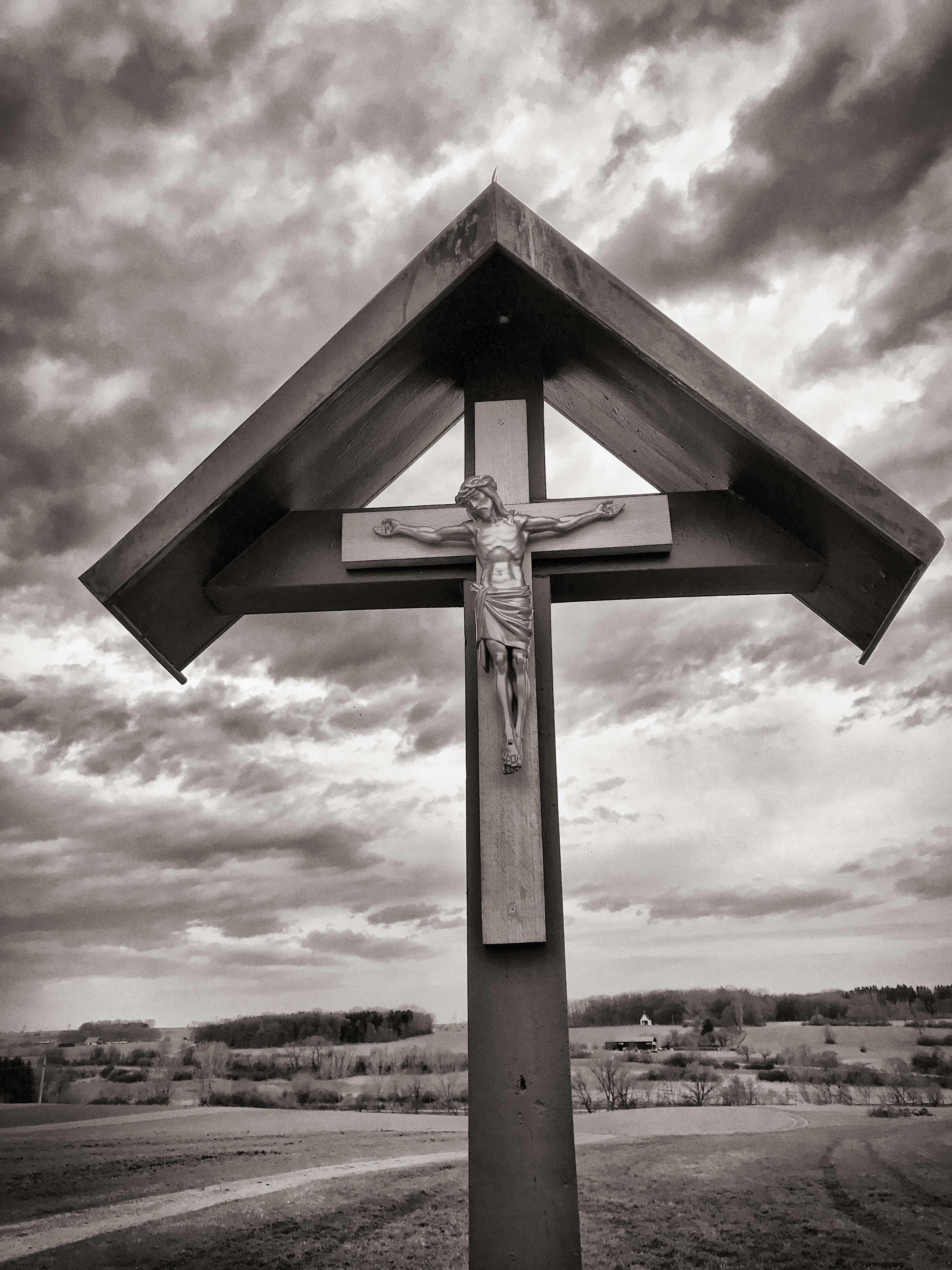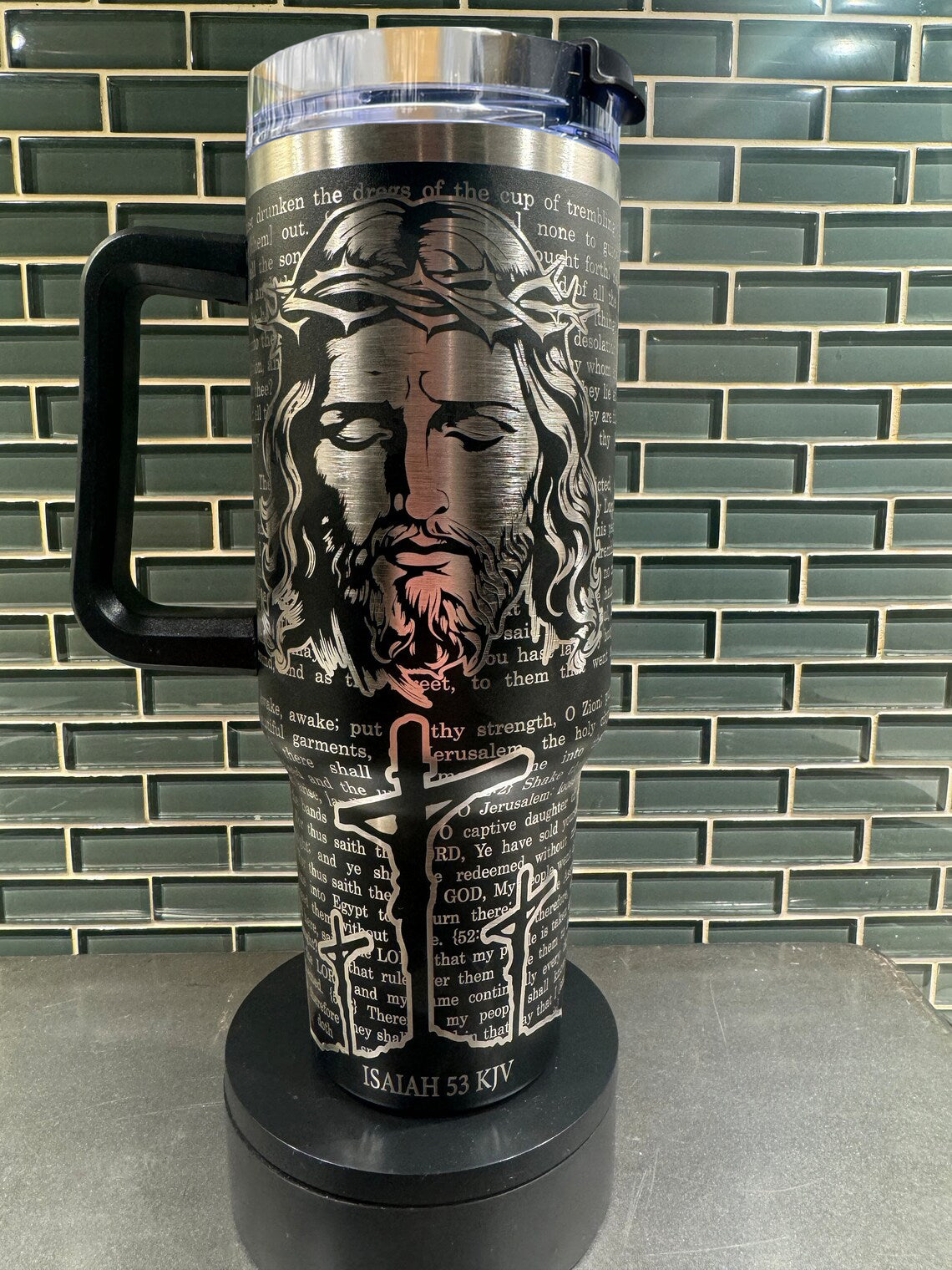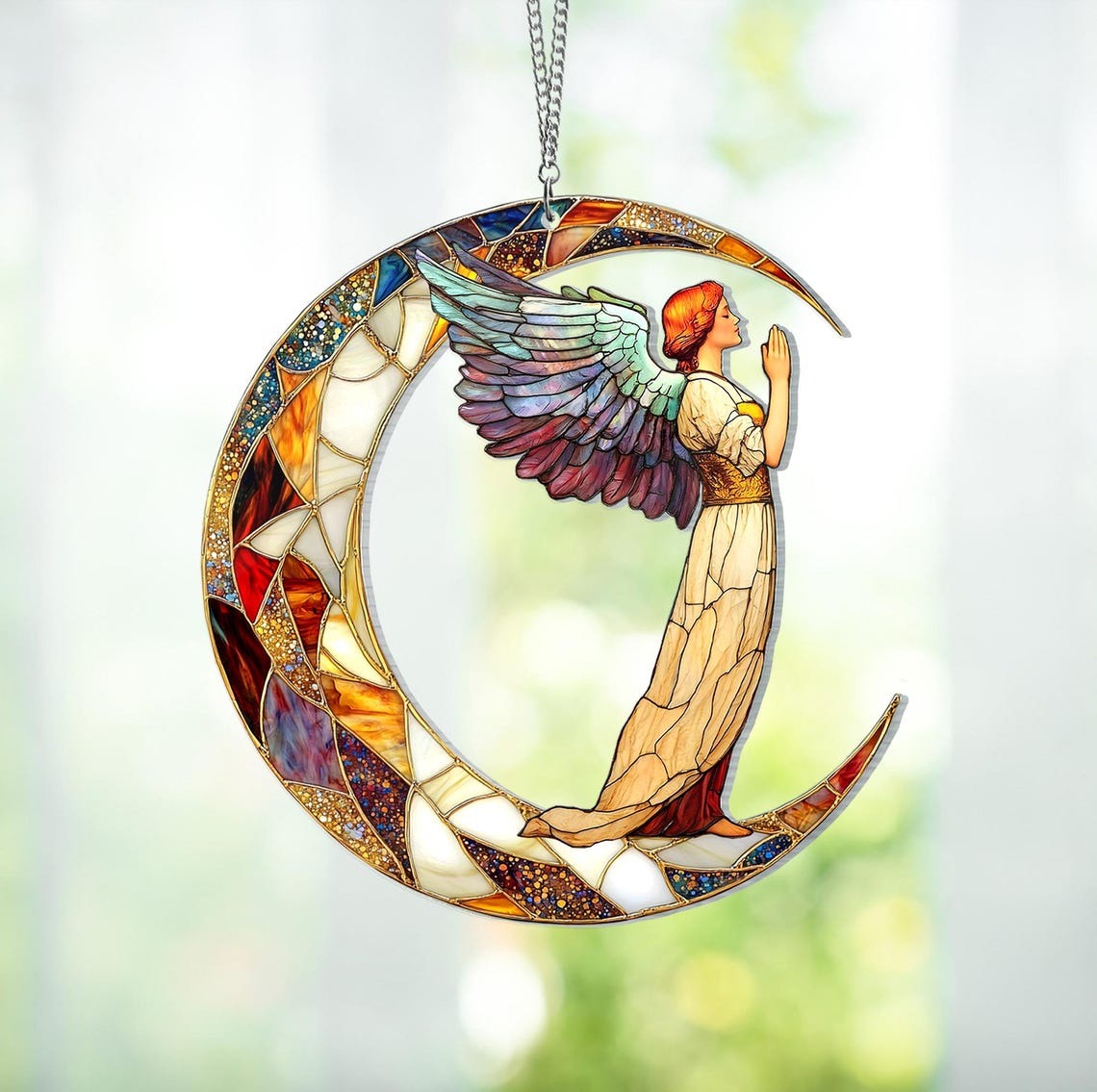March 27, 2025
November 21, 2024
The Four Evangelists | The Four Creatures of the Vision
In a radiant chapter of the prophetic book filled with extraordinary visions, one finds the throne of the Eternal surrounded by four living creatures carrying it. These beings are often called “creatures” because they are alive, constantly moving back and forth as though to spread God's glory and ensure His will reigns over the universe.
1. Saint Matthew: The Man
In Matthew’s Gospel, Christ affirms His humanity more explicitly than in the others. He is seen visiting the homes of tax collectors and sinners, bearing the “infirmities and diseases” of humanity (cf. Matthew 8:17). He brings the Good News to people beyond Judea, to those living among the “Gentiles” (cf. Matthew 4:15-16).Matthew portrays Jesus as a quiet and humble savior who “will not shout or raise his voice, nor break a bruised reed or quench a smoldering wick” (cf. Matthew 12:18-21). He is “gentle and humble in heart” (cf. Matthew 11:28-30).The winged man symbolizes Matthew’s Gospel, emphasizing the humanity and humility of Christ.2. Saint Mark: The Lion
In Mark’s Gospel, Christ is depicted with greater intensity and vigor, particularly when confronting the hardness of human hearts. For instance, He looks at His audience “with anger and grief” (cf. Mark 3:5). The Gospel’s language itself is more abrupt and rugged, with strong imagery, such as the heavens being “torn open” at Jesus’ baptism (cf. Mark 1:10), as opposed to the more serene “opened” in other Gospels.Mark presents Jesus living “among wild animals” in the wilderness and being considered “out of His mind” by His relatives (cf. Mark 3:21). This raw portrayal aligns with the toughness of the lion, the symbol of the tribe of Judah.The winged lion represents Mark’s Gospel, signifying Christ’s courage and kingship.3. Saint Luke: The Ox
Luke’s Gospel stands out for its emphasis on renunciation and poverty, frequently highlighting Christ’s care for the poor and marginalized (cf. Luke 4:18; 7:22; 14:13-21; 16:20-22; 19:8; 21:3). It also underscores the urgency of Christ’s Passion, such as the predictions of His suffering (cf. Luke 9:22; 17:25; 22:15).The theme of the Cross is central to Luke’s narrative. Even during the Transfiguration on Mount Tabor, the subject of conversation with Elijah and Moses is Christ’s upcoming “departure” to be fulfilled in Jerusalem (cf. Luke 9:31). After the Resurrection, Christ explains to the two disciples on the road to Emmaus that the Messiah had to suffer before entering His glory (cf. Luke 24:26).Luke’s Gospel uniquely structures Jesus’ public ministry as one long journey toward Jerusalem and the Cross. From His infancy, the shadow of the Cross looms, as foretold by Simeon (cf. Luke 2:34-35).The winged ox, a symbol of sacrifice, fittingly represents Luke’s Gospel, with its focus on Christ’s ultimate offering on the Cross.4. Saint John: The Eagle
Among all the Gospels, John’s Gospel soars highest, penetrating heavenly mysteries. It is entrusted with the image of the eagle, king of birds, whose eyes can gaze directly into the sun’s light—a metaphor for God’s glory. John contemplates this glory, revealed in and through the humanity of the Word made flesh.The term “glory” is a recurring theme in John’s Gospel, appearing even in moments of profound humiliation, such as the Crucifixion. To John, the body of Christ, suspended on the Cross, is simultaneously an enthronement and a glorification. The eagle, in John’s vision, perceives eternal life surpassing sacrifice.John’s vision discerns the divine life within Christ’s humanity, seeing how Christ knew human thoughts, foresaw His destiny, and never felt alone because He was always with the Father. His Gospel reflects Christ’s deep awareness of God’s will, even amidst human evil.Finally, John exhibits a special love for what endures and a disregard for what is fleeting. His contemplative gaze focuses on the essential, evoking the image of the eagle perched atop a mountain, surveying the world with its temporal anxieties and limited horizons, yet always looking toward the eternal light.The Four Creatures as Symbols of the Gospel
Each Evangelist brings a unique perspective to the life and mission of Christ:- The Man (Matthew): Humanity and humility of Christ.
- The Lion (Mark): Courage and kingship of Christ.
- The Ox (Luke): Sacrifice and servanthood of Christ.
- The Eagle (John): Divinity and eternal glory of Christ.
(Excerpt from “To Enrich Biblical Knowledge” – Volume 2)
Check out some Catholic inspired designs here





